
What’s in an Acronym?
Labels — we humans use them to make things easier but how much muscle do they really have?
When James Demers was growing up in Lethbridge, he didn’t think there were any gay people in Alberta.
“Just in San Francisco, New York and Pittsburgh,” says the executive director of Calgary Queer Arts Society, the non-profit behind taboo-busting events such as Calgary’s Fairy Tales Queer Film Festival and numerous diversity and inclusion workshops — such as one he recently delivered at UCalgary.
And so, in 2008, when he began his transition, Demers wasn’t surprised that only four letters were being used to identify sexual and gender groups: L, G, B and T.
Times, attitudes and letters have since changed. After adding Q (for queer), 2S (for two-spirit people, a pre-colonial identity that is being reclaimed by young Indigenous people) and a + sign, which is no longer just a mathematical symbol, but meant to cover anyone who’s not included on the gender and sexuality spectrum. And that’s just a start — on Facebook, Canadians now have 58 gender options to pick from.
Language is important — developing a common language allowed LGBTQ2S+ people to begin to agitate for equal protection and consideration. In Canada, federal employment protection for gay, lesbian and bisexual people was granted in April 1998 through Delwin Vriend’s Supreme Court challenge. This wrote sexual orientation into Canada’s Charter of Rights and Freedoms, though it left out trans people; they would not go on to receive federal employment protection in Canada until June 2017. Without a label or classification, it seems, you have few legal rights or muscle as a citizen.
Besides job protection, there are numerous other reasons why language and labels are vital. They hold our health and safety in their hands — from custody issues and property rights to health care and data, such as what is counted on our census. Labels, like language, are critical.
Which brings us to pronouns.
“Pronouns are a relevant part of people’s identity,” explains Demers. “The solution of taking gender out of pronouns is not what we’re asking for. I use ‘he’ and ‘him,’ and I’m fairly particular because I went through a lot to get here. I think numerous pronouns can exist in our culture with respect to each of those places on the spectrum. Pronouns are relevant talismans to most people.”
Tripping over labels and pronouns can be avoided, suggests Demers, by introducing yourself and your own pronouns in initial conversations. For Demers, his favourite queer expression is not, “What’s the T?” (i.e. “What’s the story?”) or “kiki” (a gathering of friends), or anything else from RuPaul’s Drag Race, but something so safe, something that so many of us just assume . . . “Chosen family.”
Demers defines it as the “sweet spot between community and isolation where you collect people around you who have had similar experiences and those you can call on. Chosen family is the foundation of community development.”
In fact, Demers had put out a plea that very morning to help him assemble some Ikea furniture. As I look around his cozy office in the Beltline, I count six people in tool belts, hammering and slotting together chairs and desks.
Family, indeed.

Lesbian
A woman who is primarily attracted to women.

Gay
A man who is primarily attracted to men; sometimes a broad term for individuals primarily attracted to the same sex.

Bisexual
An individual attracted to people of their own and opposite gender.

Transgender
A person whose gender identity differs from their assigned sex at birth.

Transexual
An outdated term that originated in the medical and psychological communities for people who have permanently changed their gender identity through surgery and hormones.
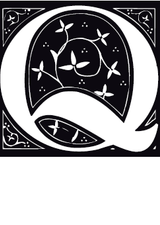
Queer
An umbrella term to be more inclusive of the many identities and variations that make up the LGBTQ2S+ community.
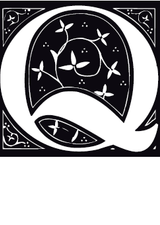
Questioning
The process of exploring and discovering one’s own sexual orientation, gender identity and/or gender expression.
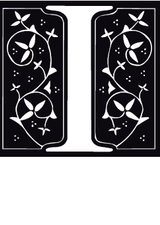
Intersex
An individual whose sexual anatomy or chromosomes do not fit with the traditional markers of “female” and “male.”

Ally
Typically a non-queer person who supports and advocates for the queer community; an individual within the LGBTQ2S+ community can be an ally for another member that identifies differently than them.
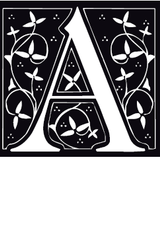
Asexual
An individual who generally does not feel sexual desire or attraction to any group of people. It is not the same as celibacy and has many subgroups.
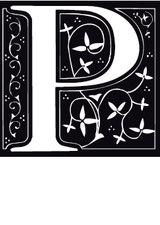
Pansexual
A person who experiences sexual, romantic, physical and/or spiritual attraction to members of all gender identities/expressions, not just people who fit into the standard gender binary.
Explore more
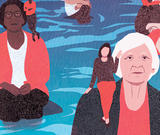
Who Will Help Mom?
Over the next 20 years, Canada’s seniors’ population is expected to grow by 68 per cent and we, as a nation, are not ready. In fact, experts say we are facing a multifaceted economic, social and health-care crisis as our elder population grows. What are our priorities and what is UCalgary doing about the splintered system that exists today?

2019 Arch Award Recipients
Meet six remarkable alumni who are blazing trails across our skies, creating spaces for us to marvel at, championing rights for Indigenous people, leading coalitions of people, innovating new tech platforms and building bridges across global organizations. Although this year’s recipients walked the red carpet at the recent Arch Awards, their stories bear a replay.

Notebook
How did alumna Susanne Craig, BA’91, Hon. LLD’19 go from being a campus newspaper reporter to winning the Pulitzer; why language is critical, especially in the LGBTQ2S+ community; alumni star in a new movie; what, exactly, is Rococo Punk?

Can't Get Enough?
Take the ultimate tour of campus with President Ed McCauley, meet the 2019 Arch Award recipients and find out what UCalgary is doing about the coming health-care crisis as our elder population grows. All this and more in the Fall/Winter 2019 Alumni Magazine.
